
Hyenas may have lived and hunted in the barren arctic tundra in northwestern Canada during the last ice age, according to new analyses of dental fossils.
Researchers have analyzed two teeth that were found in the 1970s already and were able to confirm what they had previously only hypothesized – that they came from a kind of arctic hyena.
The fossil teeth were collected in the 1970s during paleontological expeditions in the remote Old Crow River region in northern Yukon Territory. They were since tucked away in the collections of the Canadian Museum of Nature in the Ottawa, Ontario area.
“It is amazing to imagine hyenas thriving in the harsh conditions above the Arctic Circle during the ice age,”
“Chasmaporthetes probably hunted herds of ice age caribou and horses or scavenged carcasses of mammoths on the vast steppe-tundra that stretched from Siberia to Yukon Territory.”
– Study co-author Grant Zazula, PhD, Government of Yukon paleontologist.
The identity of the fossil teeth remained an enigma until a recent reexamination able to identify the teeth as belonging to the genus Chasmaporthetes.
The teeth are estimated to be between 850,000 and 1.4 million years old, and according to the researchers, they are the first proof that hyenas lived so far north.
Modern hyenas are today found in Asian and African ecosystems roaming the savanna. But today there are only four living species of hyena (three bone-crushing species, plus the ant-eating aardwolf), ancient hyenas had a diverse family history, with many dozens of species found in localities spanning the Northern Hemisphere and apparently even the Arctic.
Source:
Tseng, Z.J., Zazula, G. and Werdelin, L., 2019. First Fossils of Hyenas (Chasmaporthes, Hyaenidae, Carnivora) from North of the Arctic Circle. Open Quaternary, 5 (1), p. DOI:http://doi.org/10.5334/oq.64

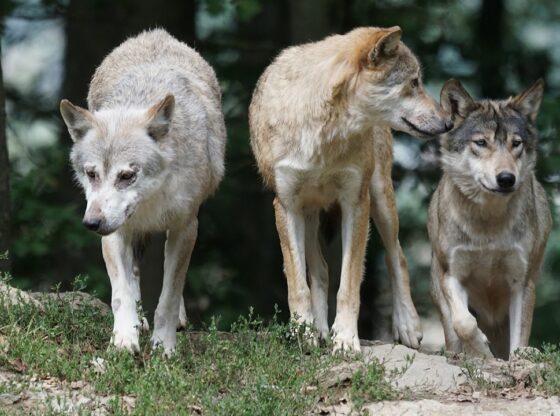
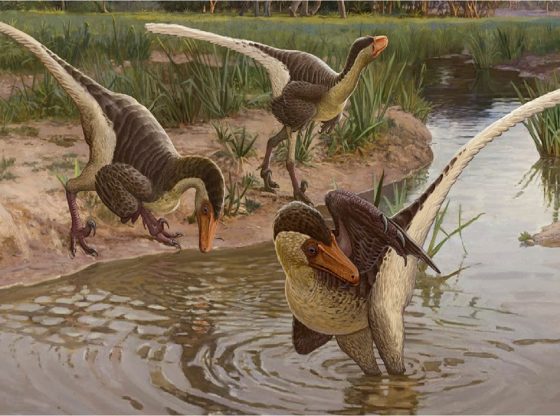


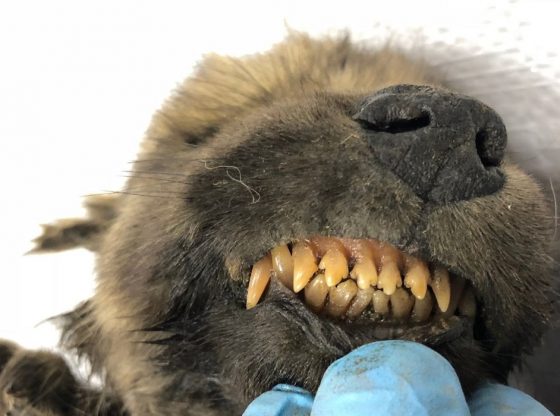
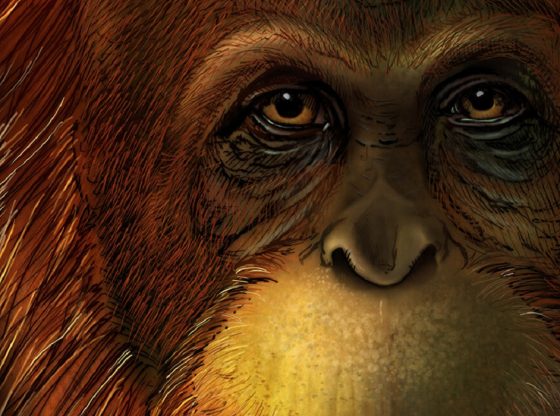
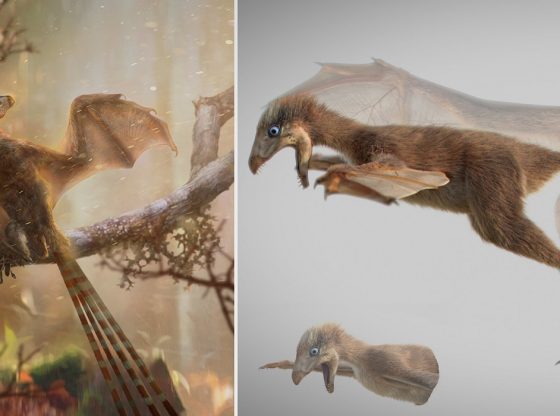
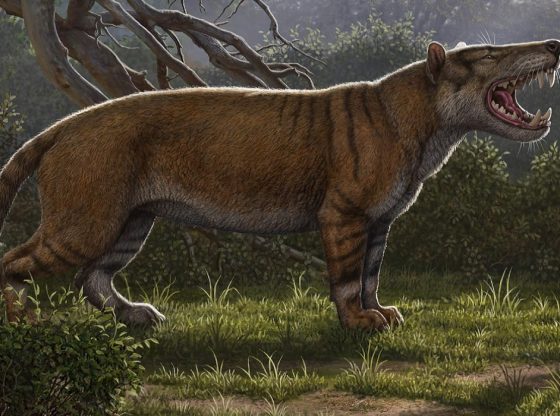
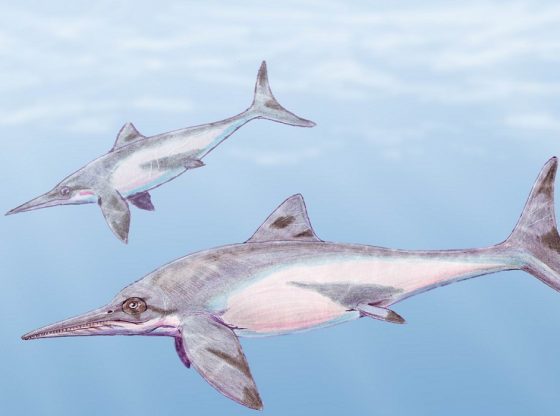

![OpenAI. (2025). ChatGPT [Large language model]. https://chatgpt.com](https://www.illustratedcuriosity.com/files/media/55136/b1b0b614-5b72-486c-901d-ff244549d67a-350x260.webp)
![OpenAI. (2025). ChatGPT [Large language model]. https://chatgpt.com](https://www.illustratedcuriosity.com/files/media/55124/79bc18fa-f616-4951-856f-cc724ad5d497-350x260.webp)
![OpenAI. (2025). ChatGPT [Large language model]. https://chatgpt.com](https://www.illustratedcuriosity.com/files/media/55099/2638a982-b4de-4913-8a1c-1479df352bf3-350x260.webp)








